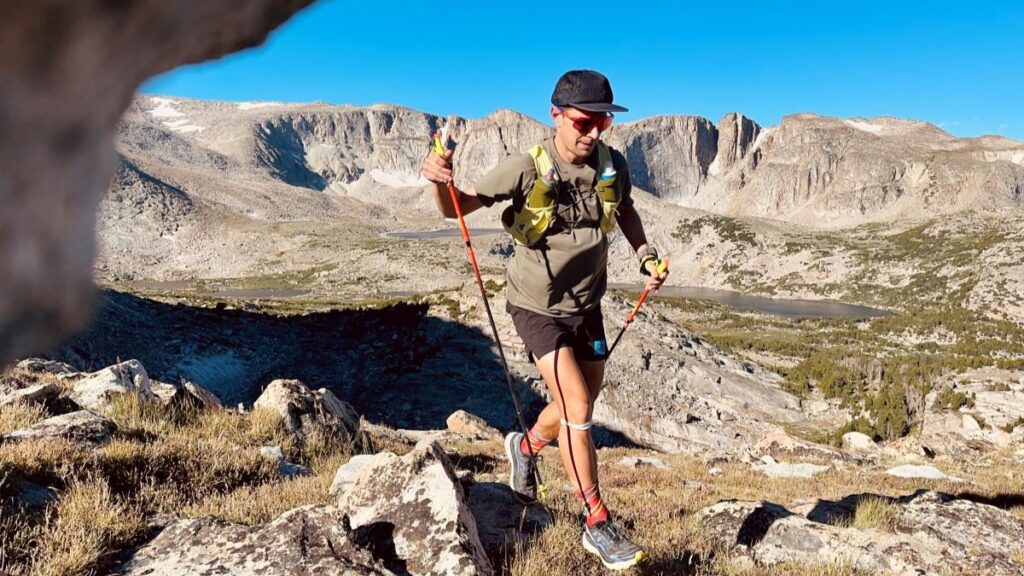In the realm of trail and ultrarunning, where the demands of mountain courses challenge both physical preparation and mental fortitude, nuanced strategies can significantly impact performance. Experienced athletes know that each race, particularly those qualifying for prestigious events like the UTMB, requires meticulous planning and adaptability. Recent insights from Gabe Joyes, an ultrarunner and coach, speak directly to these aspects, providing valuable perspectives for seasoned participants gearing up for demanding mountain races.
Joyes emphasizes the importance of maintaining flexibility in race strategies, particularly concerning pacing and terrain management. In long races, especially those stretching to 100 kilometers or more, it’s essential to redefine walking as a tactical choice rather than a sign of fatigue. When ascending steep inclines, many experienced runners adopt a hike to optimize efficiency, downshifting similarly to how a cyclist adjusts gears. Runners must continually assess their energy levels, hydration status, and environmental conditions, as these factors can dictate when to transition from running to hiking. Finding consistency in effort rather than speed is critical; seasoned athletes should aim for a smooth cadence, whether running or hiking.
The discussion around race-day attire is equally pertinent in hot weather. Traditional sun shirts, though beneficial in terms of protecting the skin from UV radiation, can present a paradox for ultrarunners during competition. While they effectively block harmful rays, such shirts can hinder the body’s natural cooling mechanisms. Elevated body temperatures caused by both exercise and direct sunlight create a situation where clothing can trap heat. It is crucial for experienced runners to opt for sun protection strategies that don’t compromise evaporative cooling. Research identifies that loose, breathable fabrics offer a compromise between sun protection and temperature management. However, during races where weight and heat management are pivotal, runners increasingly prefer lighter alternatives or focused sunscreen application.
Transitioning to recovery tactics, Joyes introduces the concept of “vertcovery”—a recovery tool designed to incorporate steep uphill hiking and gentle downhill running rather than traditional flat intervals. This approach allows athletes to engage different muscle groups, providing essential recovery while still enjoying the benefits of elevation gained through the terrain. However, for it to serve its intended purpose, runners need to keep intensity low and maintain honesty about their effort levels. This should not be seen as an opportunity to accumulate vertical gain for the sake of accumulating; rather, it’s a method to diversify training while promoting recovery.
Data analytics play a critical role in trail running as well, where metrics such as elevation gain and terrain type can tell a more comprehensive story than mileage alone. Experienced ultrarunners recognize that different terrain requires distinct tactical approaches—whether navigating rocky descents or grappling with slippery conditions. Calculating metrics like feet per mile or assessing terrain-specific challenges enables individuals to tailor their training to the race environment precisely. Incorporating these varied data points may reveal elapsing strategies that could be crucial when facing specific courses in races like the UTMB.
In light of these insights, experienced ultrarunners should focus on several key factors: embrace strategic walking during race segments, invest in apparel that balances sun protection with heat management, utilize varied recovery methods that facilitate performance without imposing excessive strain, and track multifaceted training data to inform preparation. Each of these strategies enhances resilience and tactical readiness, ensuring that athletes maximize their potential on race day while navigating the complexities of mountain ultrarunning.
Runners preparing for significant mountain ultramarathons must account for these evolving techniques and approaches. Success hinges on adaptability and a willingness to reshape traditional running narratives. By viewing each race as a comprehensive strategy challenge, athletes can enhance their performance, making informed decisions well ahead of the starting gun. As terrain, weather, and personal limits intersect, maintaining flexibility in strategy and execution stands as essential in securing not just participation but success in the increasingly competitive field of mountain ultrarunning.
